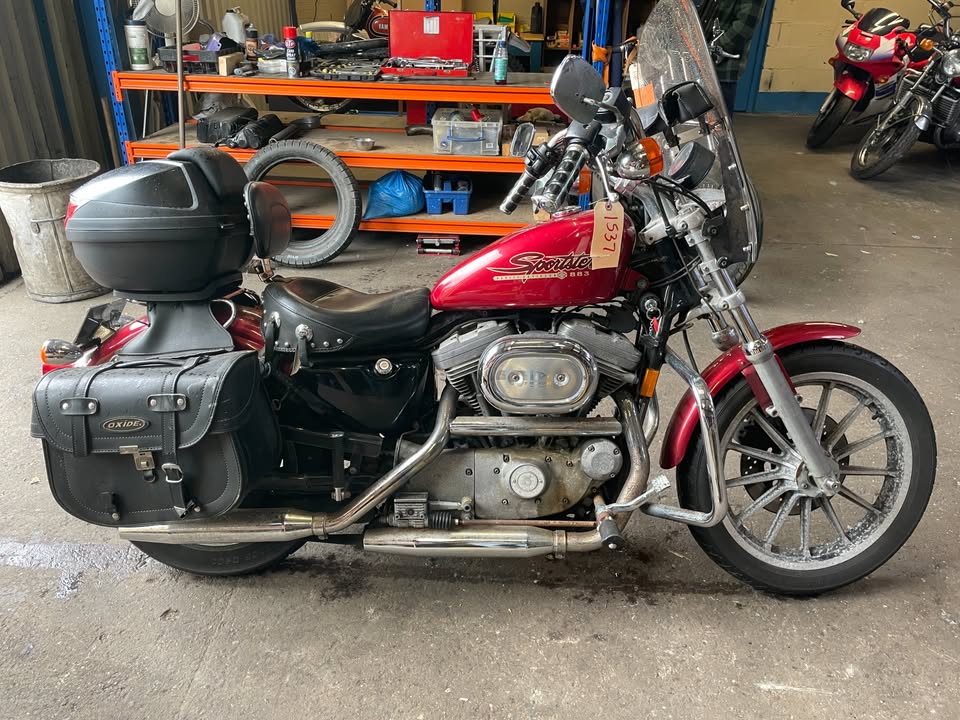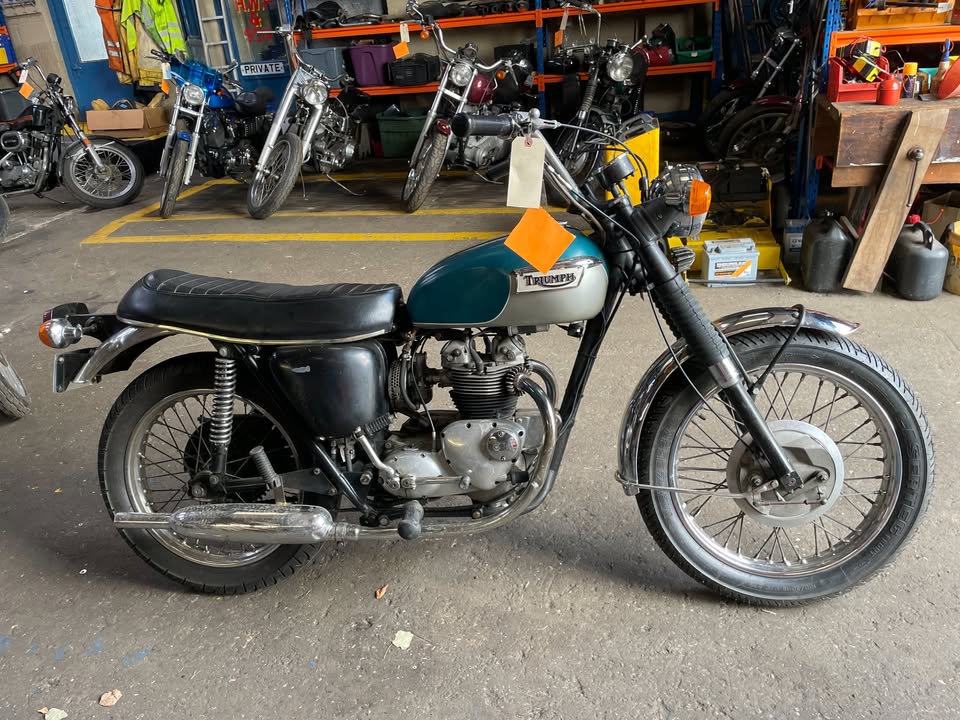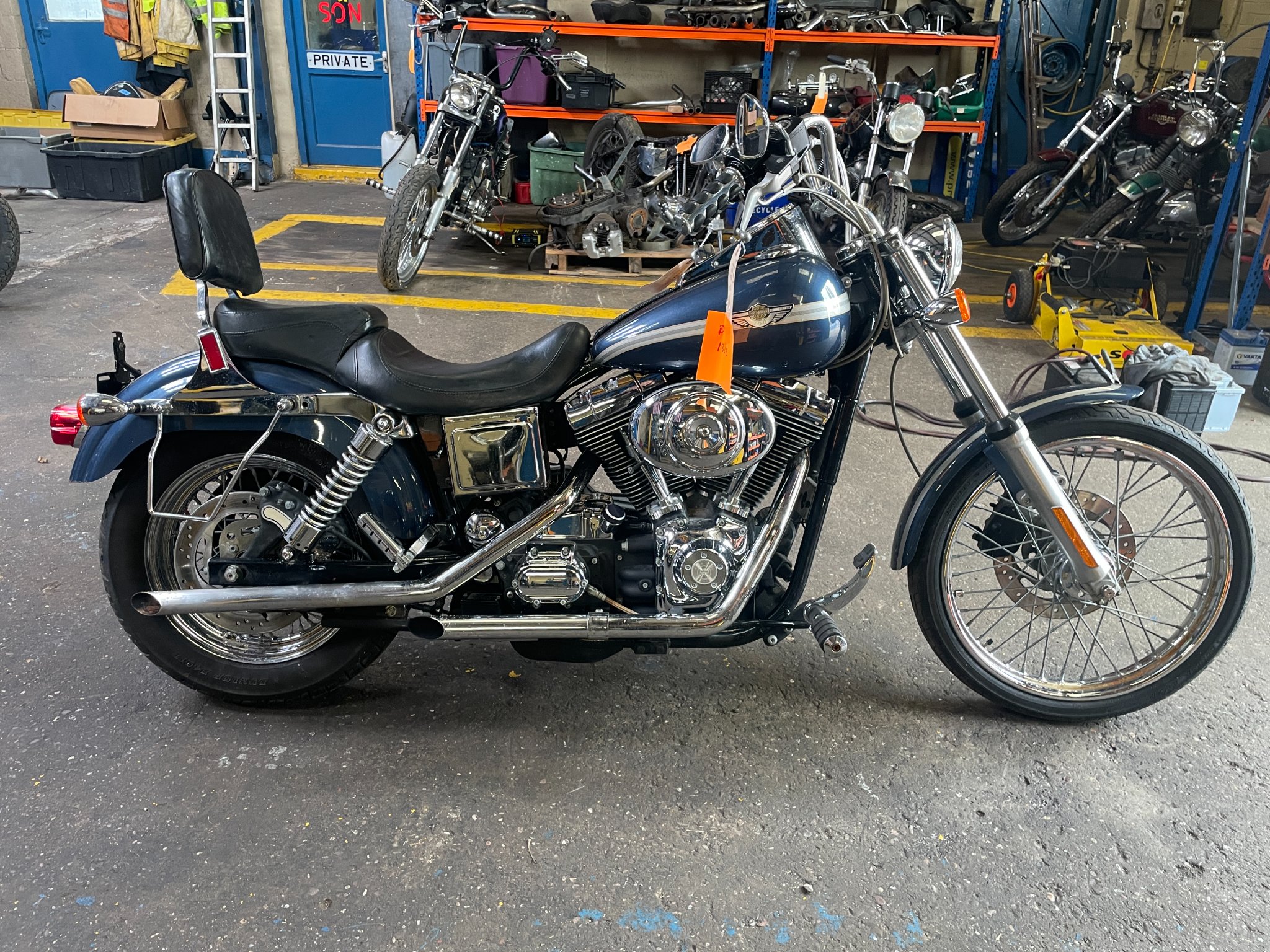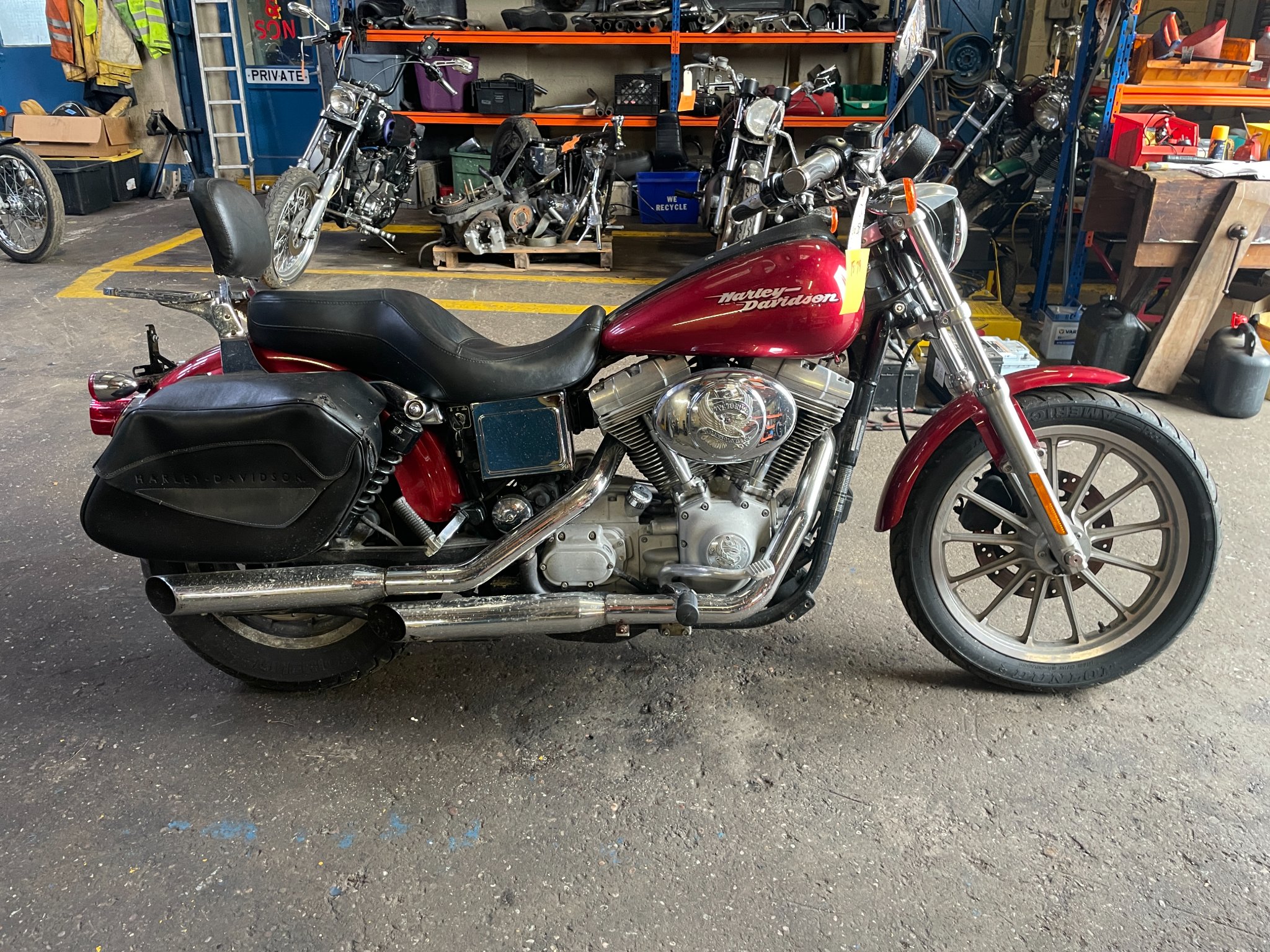Classic and Classy Motorcycles Ltd
Vintage and Classic Motorcycle Importers
1999 Harley Davidson 883cc XL Hugger Ref1537

1999 Harley-Davidson 883cc XL Hugger: Compact American Iron with Attitude
Historical Context
The Harley-Davidson XL Hugger was introduced in the late 1980s as a variation of the Sportster lineup, aimed at riders who preferred a lower seat height and a more compact feel without sacrificing Harley’s trademark V-twin rumble. By 1999, the XL Hugger had matured into one of the most rider-friendly bikes in the Sportster range. Built during a time when Harley was experiencing strong growth and rider loyalty, the Hugger was designed to make the Harley-Davidson experience more accessible to a wider range of riders, particularly those with shorter inseams or those new to heavyweight motorcycles.
Technical Specifications and Performance
• Year: 1999
• Make: Harley-Davidson
• Model: XL 883 Hugger
• Engine Displacement: 883cc
• Engine Type: Air-cooled Evolution V-twin
• Compression Ratio: 8.8:1
• Horsepower: Around 45 hp
• Torque: Approximately 50 lb-ft
• Carburetion: Keihin constant velocity carburetor
• Ignition System: Electronic
• Transmission Type: 5-speed manual
• Cooling System: Air-cooled
• Fuel Capacity: 3.3 gallons
• Braking System: Disc front and rear
• Wheelbase: 60.2 inches
• Seat Height: Approximately 27.1 inches
• Dry Weight: Around 490 lbs
• Top Speed: Approx. 100 mph
Technical Advancements
The 1999 Hugger incorporated the Evolution engine that Harley-Davidson introduced in 1986. By this year, the motor was well-refined, known for its reliability and ease of maintenance. With electronic ignition and solid build quality, the Hugger provided strong low-end torque and a dependable ride. The key advancement specific to the Hugger was its lowered suspension, which not only gave it a sleek look but also allowed shorter riders to plant their feet confidently at stops. It retained all the raw character of the standard XL883 but in a more compact and approachable format.
Evolution of the Model
The Hugger variant began as a way to provide better ergonomics and accessibility, and over time it garnered a strong following of its own. Compared to the standard XL883, it featured shorter shocks and slightly different ergonomics. Though production of the Hugger nameplate ceased in the early 2000s, its philosophy lived on through other low-seat models like the SuperLow. The 1999 edition stood near the end of the Hugger’s production run, representing a mature and refined take on the platform.
Competitors in the Market
The XL883 Hugger faced off against middleweight cruisers such as the Honda Shadow VLX 600 and Yamaha Virago 535. While Japanese rivals offered smoother power delivery and often came with more accessories as standard, the Hugger carried the weight of Harley’s iconic status and its unmistakable mechanical charm. Few bikes in its class could match the visceral experience of the Hugger’s V-twin engine and the pride of ownership that came with the bar and shield badge.
Legacy and Collectibility
The 1999 XL 883 Hugger is appreciated today as an ideal entry point into vintage Harley ownership. With its minimalist design, proven Evo powerplant, and accessible dimensions, it remains popular among new riders and custom builders alike. Many have been transformed into bobbers or café-styled customs, while original examples are becoming increasingly sought after by enthusiasts looking for an authentic, analog Harley experience.
Find Classic Motorcycles
Stay in the loop - Subscribe for Updates
One email notification a month when a new shipment arrives.
 1971-Triumph-500cc-T100c-Tiger-Ref-1561
1971-Triumph-500cc-T100c-Tiger-Ref-1561 2003-Harley-Davidson-Anniversary-Dyna-Wide-Glide-FXDWG-1450cc-Ref-D1322
2003-Harley-Davidson-Anniversary-Dyna-Wide-Glide-FXDWG-1450cc-Ref-D1322 2005-Harley-Davidson-Dyna-Super-Glide-FXDI-1540cc-88CI-Ref-1579
2005-Harley-Davidson-Dyna-Super-Glide-FXDI-1540cc-88CI-Ref-1579